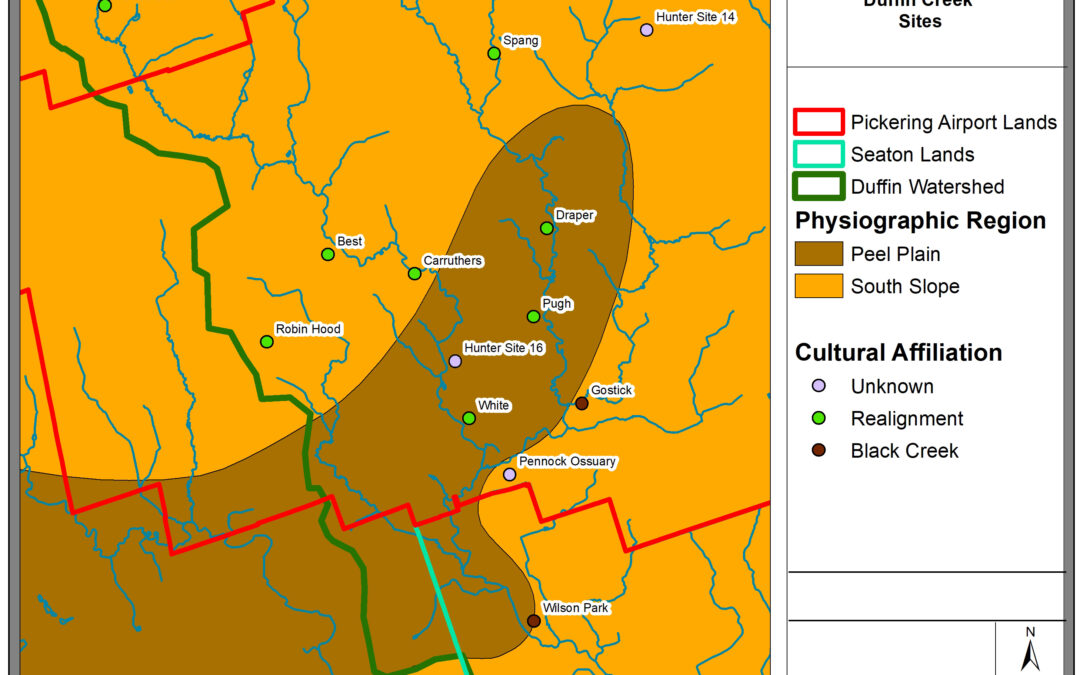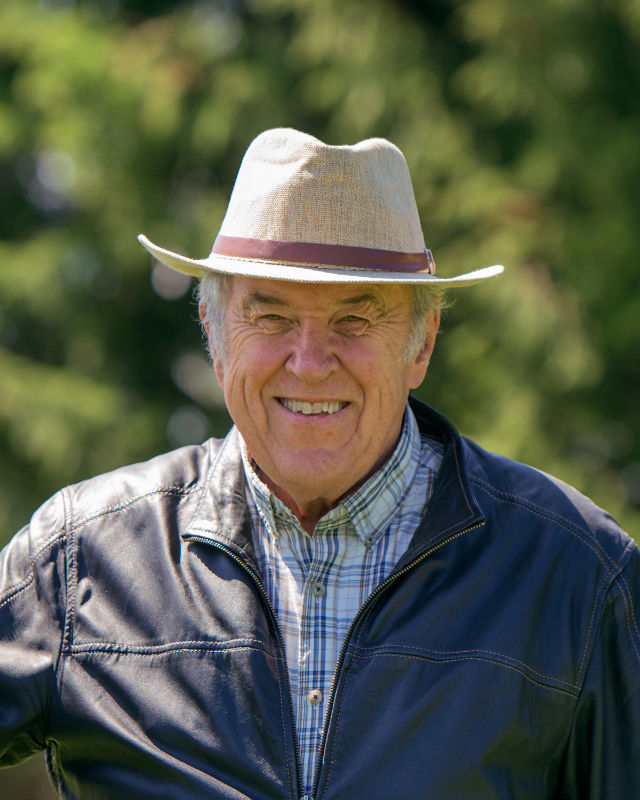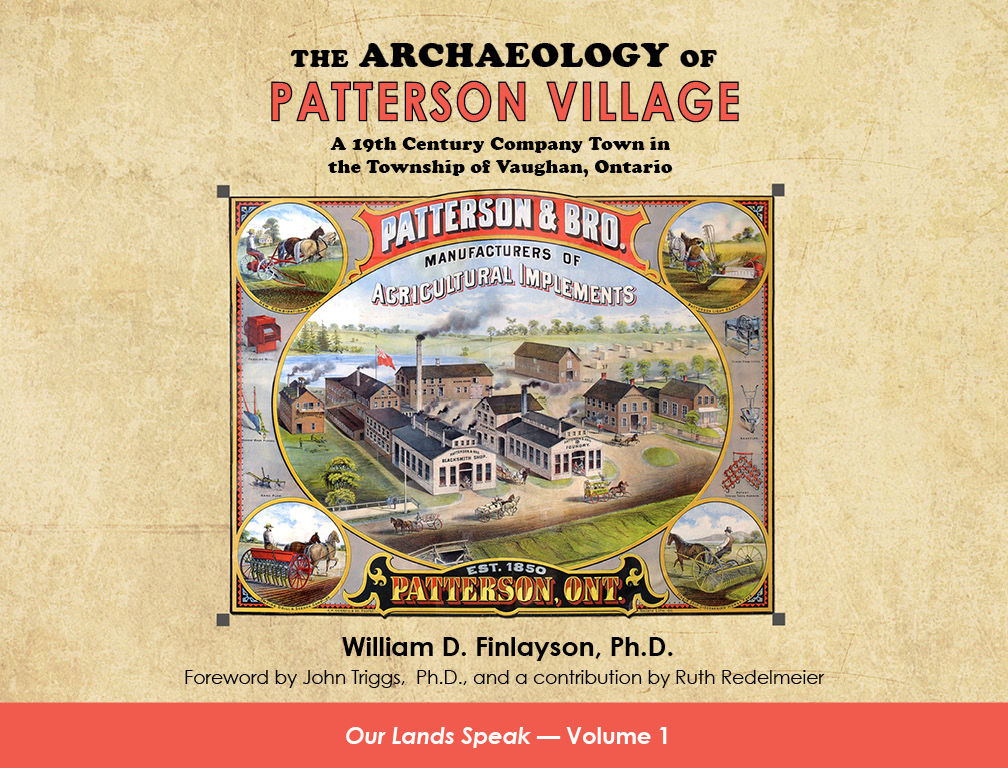Latest Posts from William D. Finlayson

Before the Crawford Lake Archaeological Research Program – Part 2
Our excavations at the Brown site were quite different from those at the Milton site. We began our excavations at the top of a bank, hoping to unearth a palisade surrounding the settlement. We did locate a row of post moulds which may in fact represent part of the palisades surrounding the village. Of much greater significance though, we discovered a midden (garbage dump) just over the hill along the northern edge of the site. This midden had been covered by more than half a metre of soil eroded from the farm field above. As a result, it had never been disturbed . . . and we recovered some highly sought-after items.

Before the Crawford Lake Archaeological Research Program
Let’s look back at other investigations I embarked on during my time as a graduate student in Anthropology at the University of Toronto. In 1969 Professor Mohr hired me to carry out an archaeological survey to find sites suitable for an archaeological field school he was to teach. The excavations were designed to introduce second-year Anthropology students to the basics of archaeological field work. As it turned out it also provided me with a broader knowledge of field methods, due to Professor Mohr’s extensive experience in archaeology in California, the America Southwest, South Korea, and Japan.

Incorrect Data in Archaeological Publications
There is a growing trend for those who are writing about Ontario archaeology to increasingly rely on the secondary literature as the main source of information about the topic they are addressing. One of the negative aspects of this is that incorrect data are repeated over and over, there being no apparent understanding that certain data presented as fact are actually false. It is a challenge to comprehend how and why such errors are made. Regardless, it’s something that needs addressing. Let’s dig deeper…

Additional Observations Contributing to Ontario’s Past Through Archaeology: More on Plagiarism
Welcome back to Our Lands Speak blog. My wishes for us all, a promising and healthy new year. That said, these times we’re living in still feel full of upheaval and uncertainty. More now than ever it is important to remind ourselves of what matters most to us, our families, and our livelihoods. Then we must stay the course of what is true and worthy of our attention. With this in mind, we continue the conversation we began in November on some of the less than noble practices affecting archaeology today.

A Year to Remember
2020 certainly has been a year to remember. I am tremendously thankful that my family and I have remained in good health throughout the pandemic. On the work front, I am so glad we were able to pivot and salvage this year in the field, and at the same time I was given time to write . . . It has been a sentimental journey and an enlightening process to review not only the field work, but the many reports, articles, publications, and graduate theses produced by a relatively large number of people over the last 42 years.
William Finlayson

